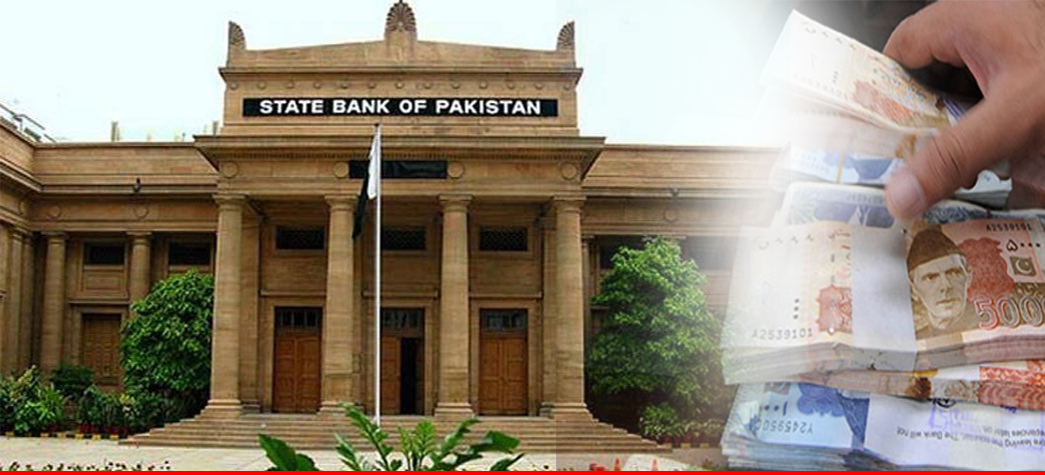Any deterioration in the current account and any delays in the issuance of $2 billion in bonds will be countered by more financial international pledges to Pakistan in the wake of the terrible floods, central bank officials said during a briefing on Monday.
Concerns over Pakistan’s capacity to obtain funds to meet external financing requirements to deal with the floods, which have killed 1,700 people and caused $30 billion in economic damage, have grown in recent weeks.
Pakistan’s ability to access the global market has been hampered by its bonds suffering losses on the secondary market, a ratings downgrading by Moody’s last week, and outlook downgrades by Fitch and S&P Global.
Attendees at a post-monetary policy briefing for analysts told Reuters that Murtaza Syed, the deputy governor of the State Bank of Pakistan, said that Pakistan had obtained an additional $4 billion in funding from multilateral lenders.
On Monday, Pakistan’s main policy rate remained at 15%. Pakistan had projected a finance cushion of roughly $6 billion to support its rapidly diminishing reserves, which are currently valued at $7.8 billion, and its external financing needs for the current fiscal year were predicted to be around $31 billion.
According to Syed, the World Bank will contribute $1 billion, the Asian Development Bank $1.5 billion, the Asian Infrastructure Investment Bank $500 million, and the United Nations will contribute roughly $1 billion in flood relief.
Any effects on the current account as well as any delays in the plans to issue $2 billion in bonds this fiscal year to meet financing needs should be “more than made up” by these funds.
There was “no concern,” according to Governor Jameel Ahmad, that Pakistan would not be able to pay back its debts, and all funding needs were still being met.
According to him, Pakistan has already paid $4.6 billion in debt this fiscal year and will fully return the $1 billion bond in early December.
He continued by saying that because the emphasis on liquidity has been significantly diminished, the nation’s reserves will now begin to strengthen. By the conclusion of this fiscal year, the bank wants to grow reserves to $16 billion.
According to Ahmad, the central bank met all goals agreed with the IMF through the end of September.
The deputy governor stated that the central bank had not intervened in the recent strengthening of the rupee versus the dollar and that sentiment and economic fundamentals were to blame.










